- Jumlah paparan: 400
UMS Hasrat Kolaborasi Dengan Beihua University, China Bagi Penyelidikan Herba Dan Perubatan Tradisional
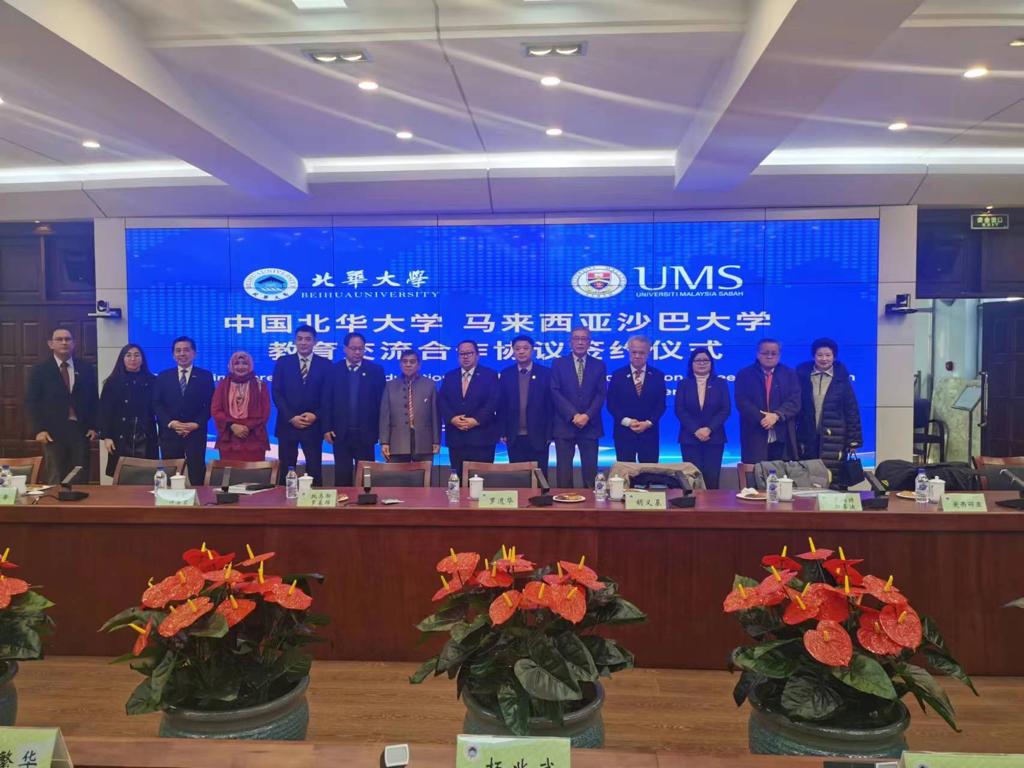
Universiti Malaysia Sabah (UMS) berhasrat untuk mengadakan kerjasama bersama Beihua University, China bagi bidang penyelidikan herba dan perubatan tradisional.
Naib Canselor UMS, Prof. Datuk Dr. Kasim Hj. Mansor berkata, kerjasama tersebut antara lain adalah berkaitan penyelidikan terhadap tumbuh-tumbuhan di negeri Sabah yang berpotensi diketengahkan sebagai produk perubatan tradisional.
“Sabah sememangnya kaya dengan sumber-sumber semula jadi khususnya hutan Sabah yang mempunyai khazanah spesies tumbuhan yang pelbagai dan mempunyai nilai ekonomi yang sangat tinggi.
“Justeru itu, UMS sebagai salah sebuah menara gading di negeri ini bertekad untuk menerajui penyelidikan khazanah semula jadi di Sabah bagi manfaat baik untuk universiti mahupun sumbangan kepada negeri Sabah sendiri,” katanya.
Beliau berkata demikian ketika memeterai hasrat kerjasama dengan Beihua University ketika menyertai lawatan kerja delegasi kerajaan negeri Sabah ke universiti tersebut baru-baru ini.
Beliau mewakili UMS menandatangani Surat Niat (LoI) bagi pemeteraian hasrat tersebut, manakala Vice-Principal of Beihua University, Prof. Yu Fanhua mewakili universiti yang berpusat di Wilayah Jilin, China tersebut.
Kasim turut memaklumkan, Fakulti Perhutanan Tropika (FPT) dan Institut Biologi Tropika dan Pemuliharaan (IBTP) akan menerajui kerjasama tersebut bagi pihak UMS.
“Kolaborasi tersebut akan melibatkan mobiliti pelajar, pertukaran tenaga pakar, perkongsian bersama geran, penyelidikan dan guna sama makmal kajian.
“Kerjasama ini penting dalam membantu meningkatkan kesedaran generasi muda berkenaan kepentingan pengetahuan tradisional dalam bidang etnobotani,” kata Kasim.
Ujar beliau, usaha tersebut sekali gus membantu dalam meningkatkan keupayaan perubatan tradisional sebagai kaedah perubatan alternatif yang melengkapi perubatan moden dalam menangani cabaran era pandemik.
Turut menyertai Kasim dalam lawatan kerja tersebut Pengarah IBTP, Prof. Madya Dr. Fiffy Hanisdah Saikim


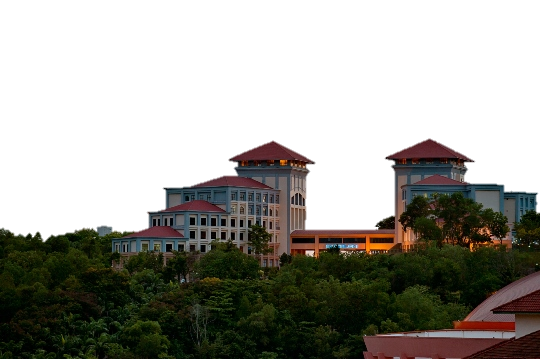
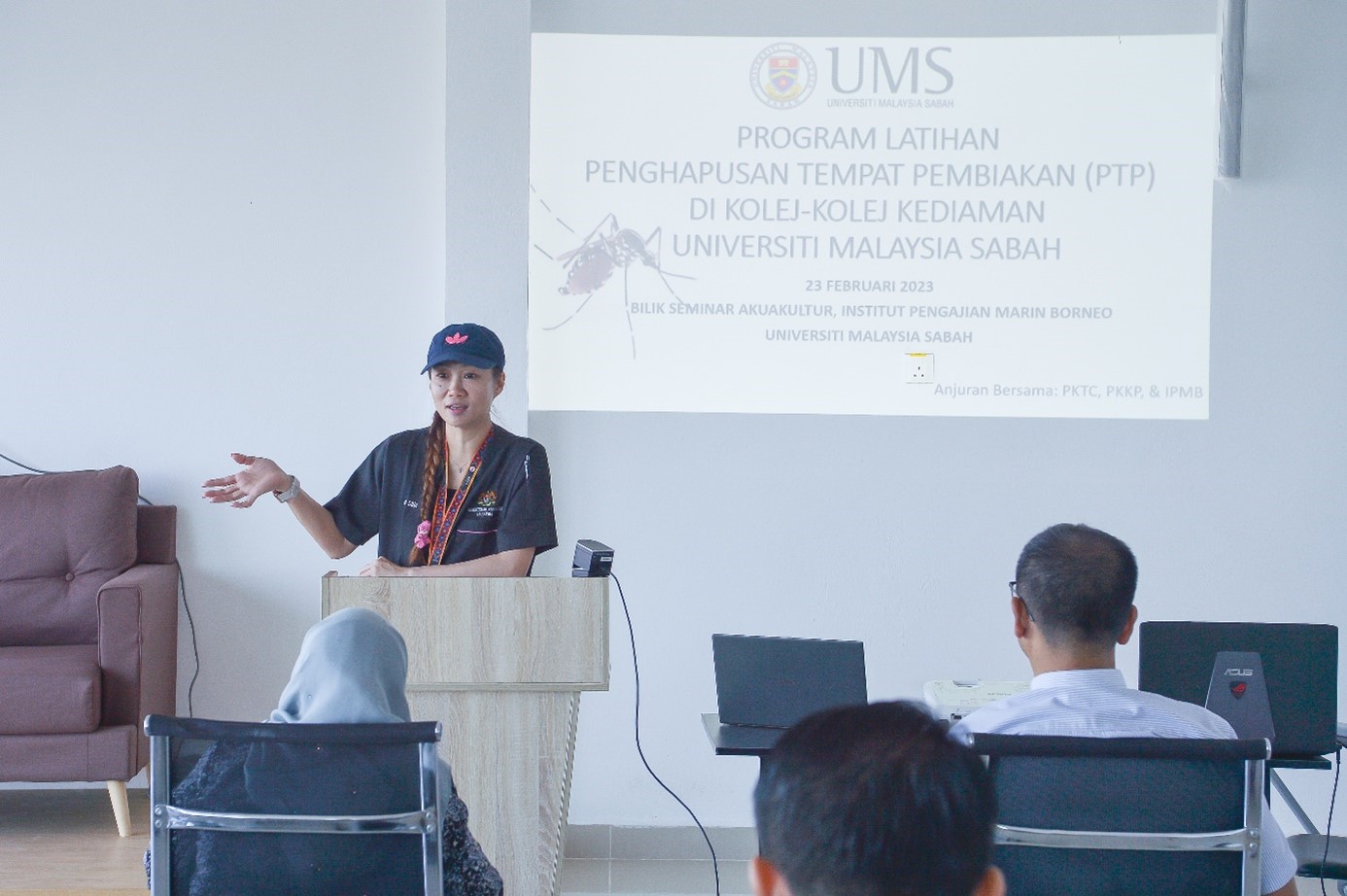
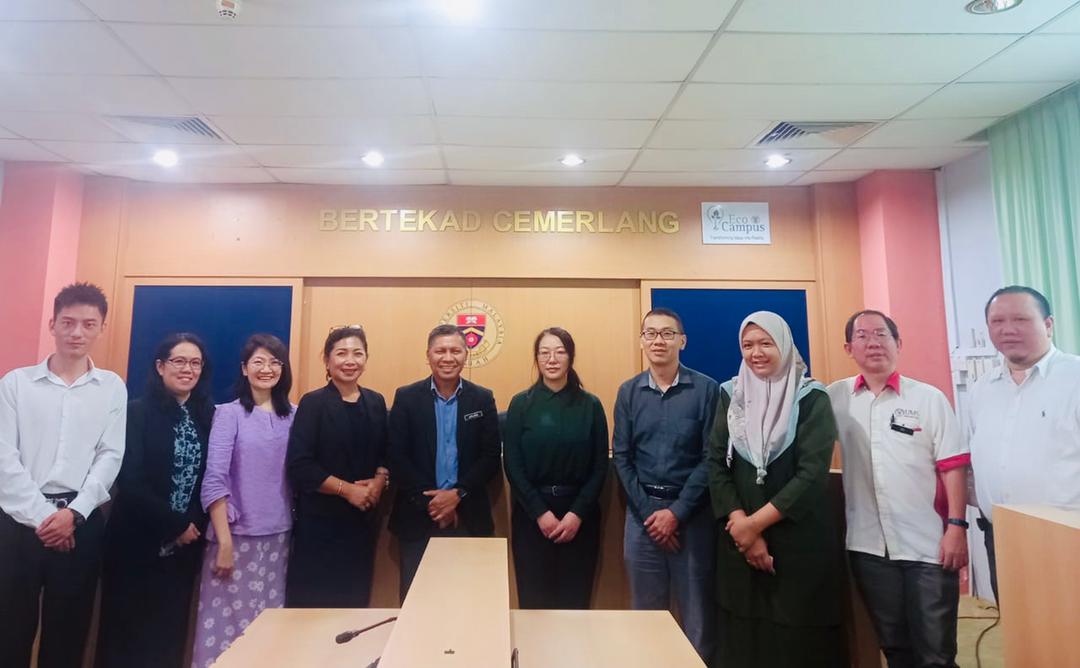
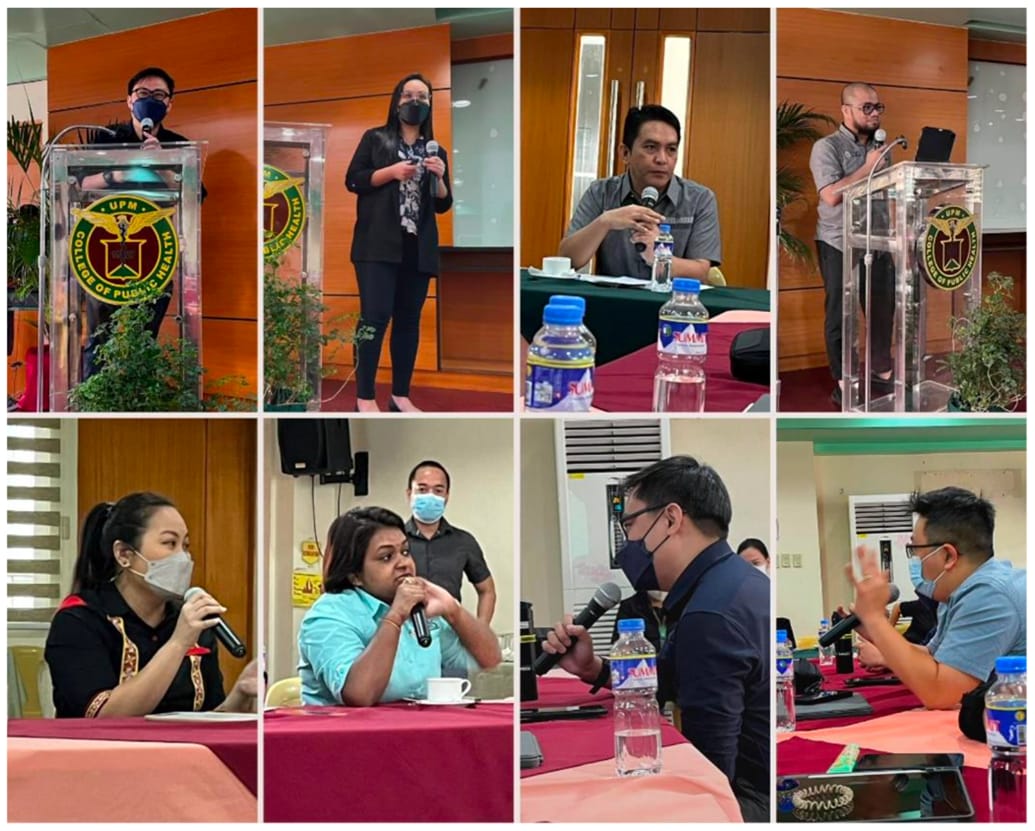 KOTA KINABALU –
KOTA KINABALU –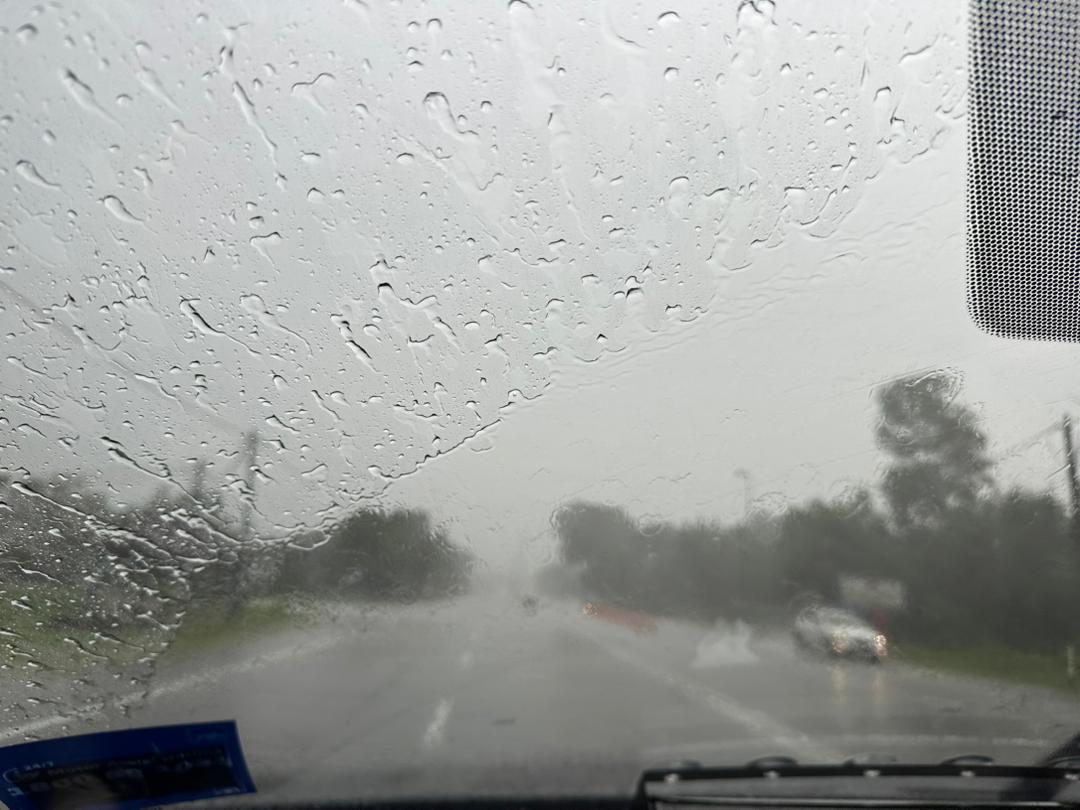 KOTA KINABALU: Universiti Malaysia Sabah (UMS) Vice Chancellor Prof Datuk Dr Kasim Hj Mansor has reminded students to be vigilant and avoid risky activities during bad weather.
KOTA KINABALU: Universiti Malaysia Sabah (UMS) Vice Chancellor Prof Datuk Dr Kasim Hj Mansor has reminded students to be vigilant and avoid risky activities during bad weather.